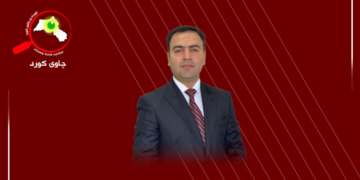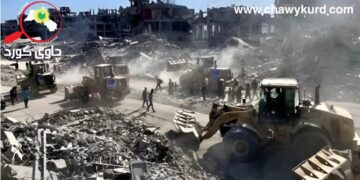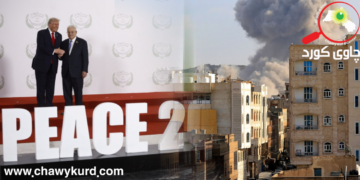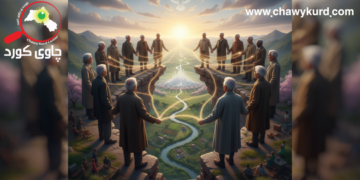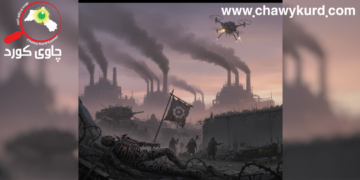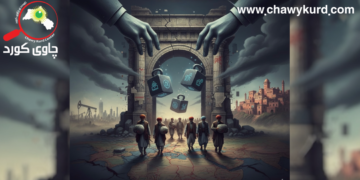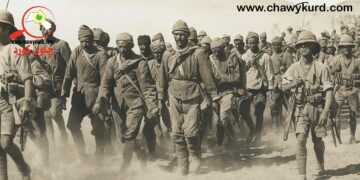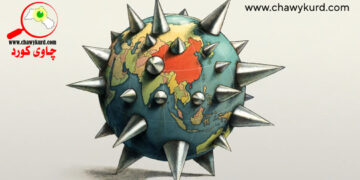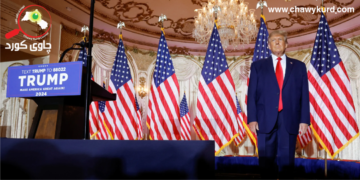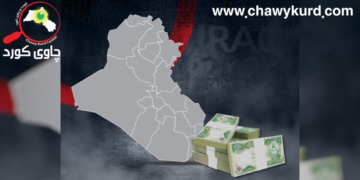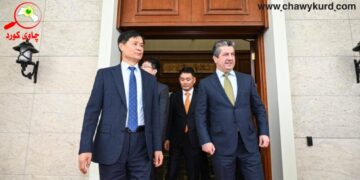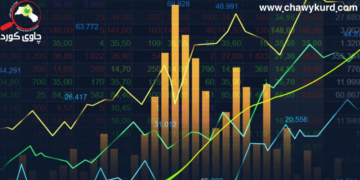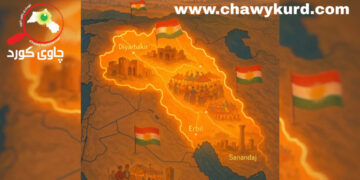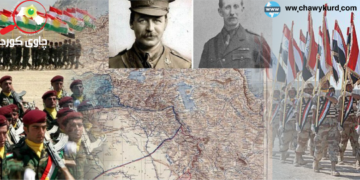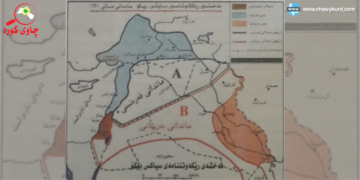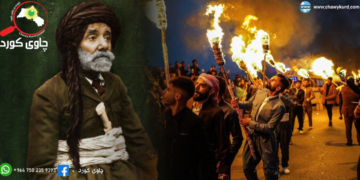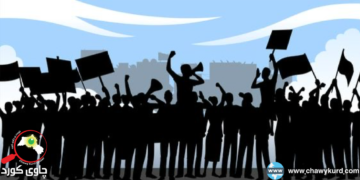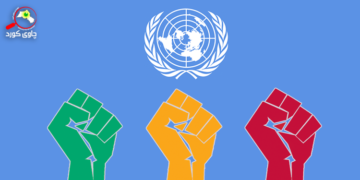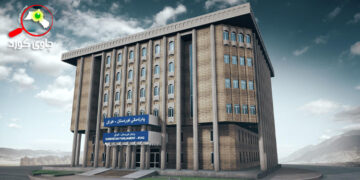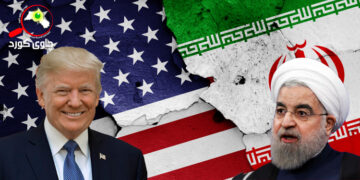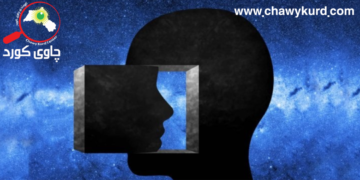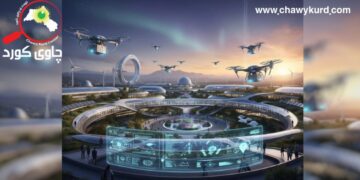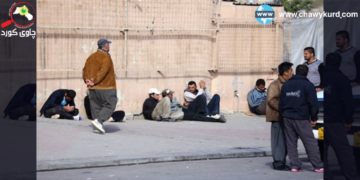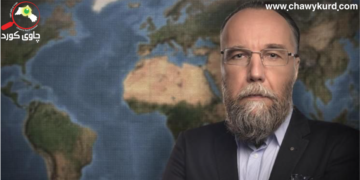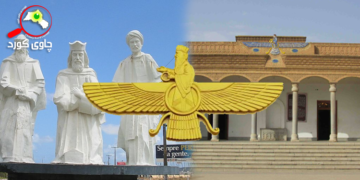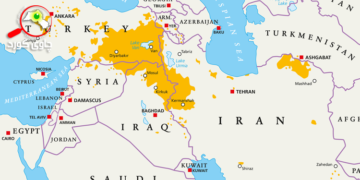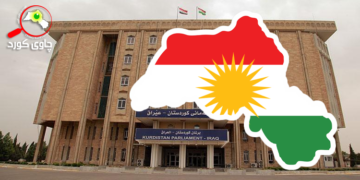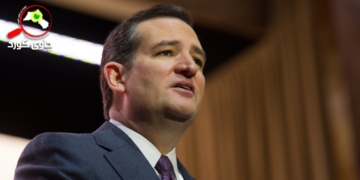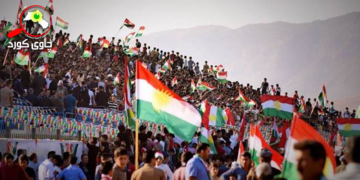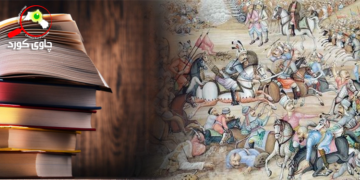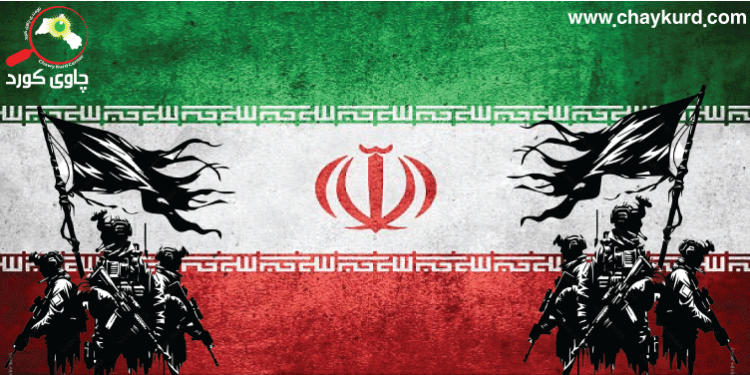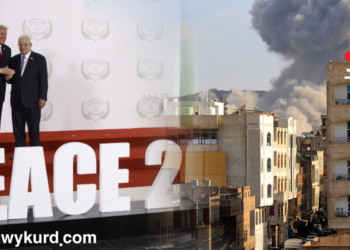In current times, the name of proxy forces has always been associated with Iran, thus becoming an identity to identify the Islamic Republic of Iran in the Middle East.
History of Iran’s Proxy Forces
They have a deep and complex history that dates back to the establishment of the Islamic Republic of Iran in 1979, which was a turning point in the history of the state. The term proxy means “the direct or indirect use of non-state and semi-state groups to intimidate militarily or control areas to influence or achieve a specific security or political achievement. Meanwhile, Iran has been able to use its proxy power to extend its influence and interests abroad, especially in the volatile Middle East, without directly involving its regular military forces.
In addition, proxy forces are considered an important and effective force to achieve the strategic plans and goals of the Islamic Republic of Iran and a major tool to expand Iran’s influence as a regional force throughout the Middle East in Iraq and Syria. Indeed, by using its proxy forces, Iran has been able to assert its influence and reshape events in the Middle East in order to pursue its long-term strategic goals.
Proxy forces play a decisive role in promoting Iran’s strategic foreign policy goals in the Middle East, especially in Iraq due to the dominance of Hashdi Shaabi over the judiciary, the independent export of Kurdistan oil to Turkey was illegal, which disrupted the export of independent Kurdistan oil abroad. The Iraqi government has decided to withdraw some of the US troops from Iraq by September 2025, and the remaining forces will leave Iraq by the end of 2026, showing the dominance and influence of Iranian proxy forces in Iraq.
In fact, Iran’s hegemony in the Middle East has declined to some extent due to the killing of a series of prominent leaders such as Qassem Soleimani in Iraq in 2020, Ismail Haniyeh in Tehran, and Hassan Nasrallah in Lebanon in 2024. The role and importance of Iran’s proxy forces is weakening in the Middle East, which has led to a dynamic and historical change in tactics, plans and tools of war from the ideological revolution and resistance to the technological and artificial intelligence revolution.





